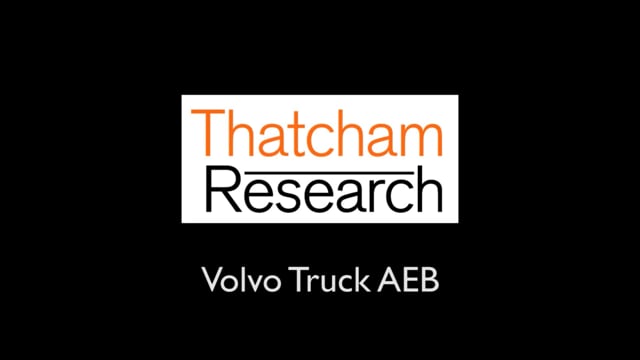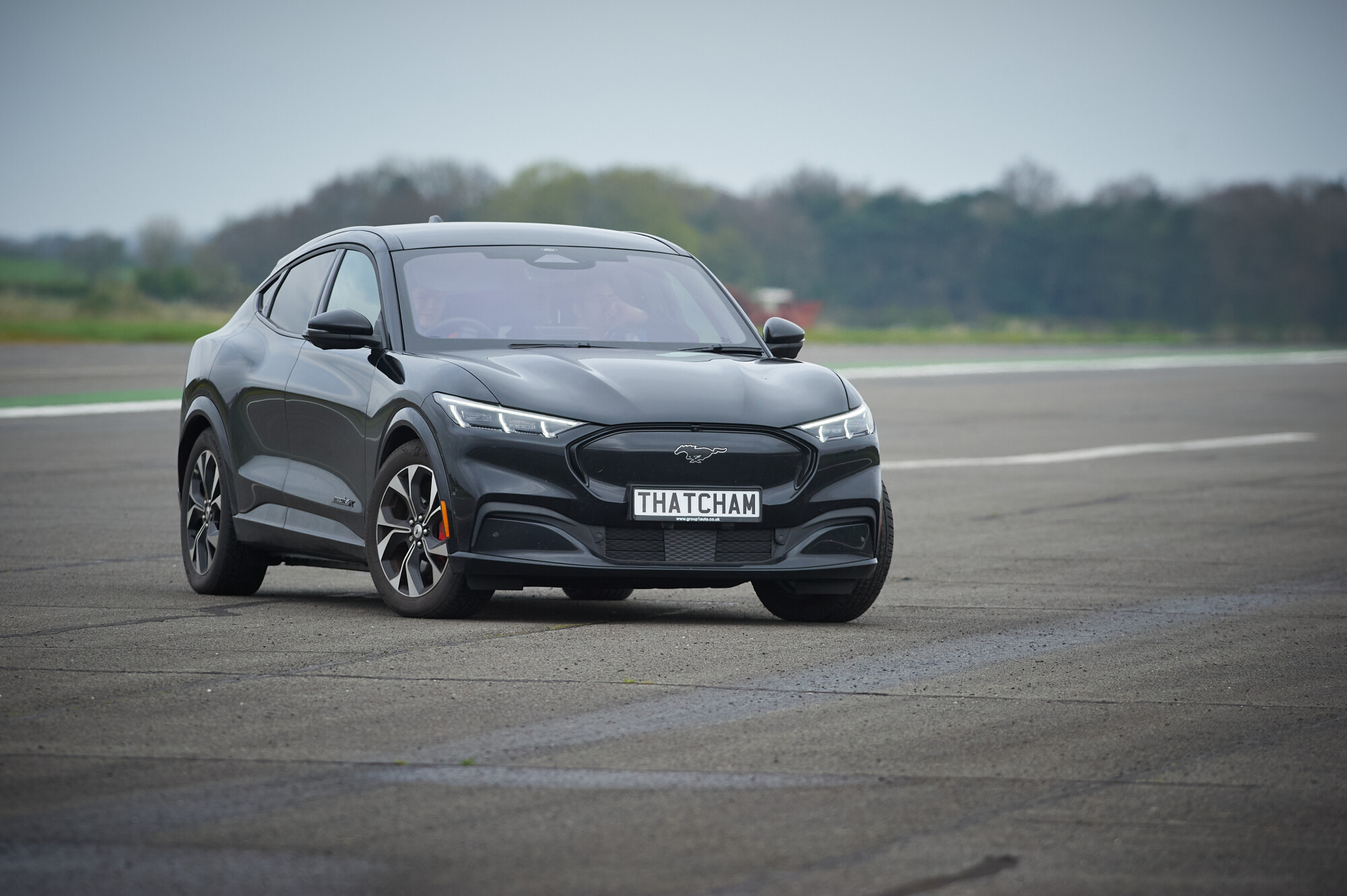The mighty Volkswagen Golf – ever-popular, with 30 million bought since its arrival on the road more than 40 years ago – is breaking records for its auto-emergency braking system, according to leading car insurance companies. Third party injury claims on the Golf VII are 45 per cent lower than an equivalent ‘Small Family Car Control Group’ which includes the likes of the Ford Fiesta, Toyota Auris, Peugeot 208 and Audi A3, as well as the Golf VI.
“These findings are based on the equivalent of more than 7000 Volkswagen Golf VIIs insured for a full 12 months on the road, and comes from claims data from our insurance members,” says Matthew Avery, Director of Safety at Thatcham Research.
“When we saw figures based on an initial small sample, we were surprised, as they exceeded our own performance testing. However the figures held up, even after almost doubling the sample group and has therefore given us a glimpse of what safety on UK roads could look like in the future.”
The figures are even more impressive since the Bosch-manufactured Autonomous Emergency Braking (AEB) technology on the Golf is actually a radar based system. The pace of development is such that the auto-braking performance on this year’s Volkswagen Passat is already proving to have moved on. This camera and radar based system, also developed by Bosch, now has additional pedestrian detection auto-brake functionality, whilst test track performance indicates effective braking from a much higher range of speeds, with complete avoidance up to 25mph.
“If the performance of these latest generation AEB systems translates to the real world as expected, then it stands to reason that we should see third party personal injury claims continuing to fall across the board, particularly when this latest generation system is installed on the Golf VII from later this year,” he says.
In Euro NCAP crash tests, the Volkswagen Golf VII scored five stars, with a 94 per cent rating for adult occupant protection, 89 per cent for child occupant protection, 65 per cent for pedestrian protection and 71 per cent for the safety assist. The seat and the head restraint provided good protection against whiplash injuries that could result from a rear-end impact – a phenomenon that could become a thing of the past as AEB becomes standard in more high-volume vehicles.
“AEB is now available on around 25 per cent of new cars and is standard fit on more than one in ten,” says Matthew Avery. “Because AEB comes as standard on all but the entry level Golf, insurers reward the likelihood of lower claims rates by giving it a lower insurance grouping – up to 5 groups below an equivalent vehicle. This could mean a lower first year insurance premium, and year on year savings if no claim is made.
“Low-speed bumps and shunts account for three-quarters of all collisions, typically at speeds of under 20mph in city driving scenarios. This is where AEB systems perform best, avoiding crashes of up to 15mph and reducing the severity of those up to 25mph. This includes collisions at junctions, roundabouts and in stop-start traffic where one car runs into the back of another,” he adds.
These insurer findings are yet more evidence that AEB is working effectively and closely follows last week’s announcement from Euro NCAP that low Speed AEB technology is leading to a 38% reduction in real-world rear-end crashes.






